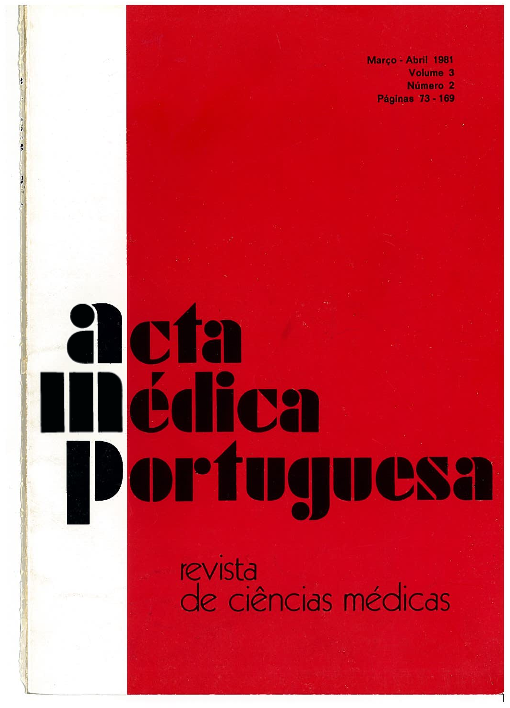Polarcardiographic analysis by automated digital minicomputer.
DOI:
https://doi.org/10.20344/amp.3877Resumo
Polarcardiographic criteria for myocardial infarction were established using an analogic computer and human readers. The sensitivity for revealing old myocardial infarction was found to be 37% greater than for ECG, with a false positive rate of less than 5%. The introduction of digital minicomputers, performing electronic measurements and vector analysis, allowed to process a daily large number of electrocardiologic tests as a routine clinical service (Woodward ECG Computer System). In the present study, the performance of the computer program in applying the polarcardiographic criteria for myocardial infarction was matched with that previously applied by human readers. Using the coronary-ventriculography as a golden standard, there were no significant differences in the specificity and the sensitivity was 51 % for human readers versus 53 % for the computer; when combined, both the computer and the cardiologist’s overread, the sensitivity was increased to 61 %. Using the new computer expanded diagnostic criteria, the sensitivity was 61%, and was raised to 67% with combined overreading. The sensitivities and the specificities obtained when the computer diagnosis and visual interpretations are combined, are those that apply to the Woodward ECG Computer System in daily use.
Downloads
Downloads
Como Citar
Edição
Secção
Licença
Todos os artigos publicados na AMP são de acesso aberto e cumprem os requisitos das agências de financiamento ou instituições académicas. Relativamente à utilização por terceiros a AMP rege-se pelos termos da licença Creative Commons ‘Atribuição – Uso Não-Comercial – (CC-BY-NC)’.
É da responsabilidade do autor obter permissão para reproduzir figuras, tabelas, etc., de outras publicações. Após a aceitação de um artigo, os autores serão convidados a preencher uma “Declaração de Responsabilidade Autoral e Partilha de Direitos de Autor “(http://www.actamedicaportuguesa.com/info/AMP-NormasPublicacao.pdf) e a “Declaração de Potenciais Conflitos de Interesse” (http://www.icmje.org/conflicts-of-interest) do ICMJE. Será enviado um e-mail ao autor correspondente, confirmando a receção do manuscrito.
Após a publicação, os autores ficam autorizados a disponibilizar os seus artigos em repositórios das suas instituições de origem, desde que mencionem sempre onde foram publicados e de acordo com a licença Creative Commons









